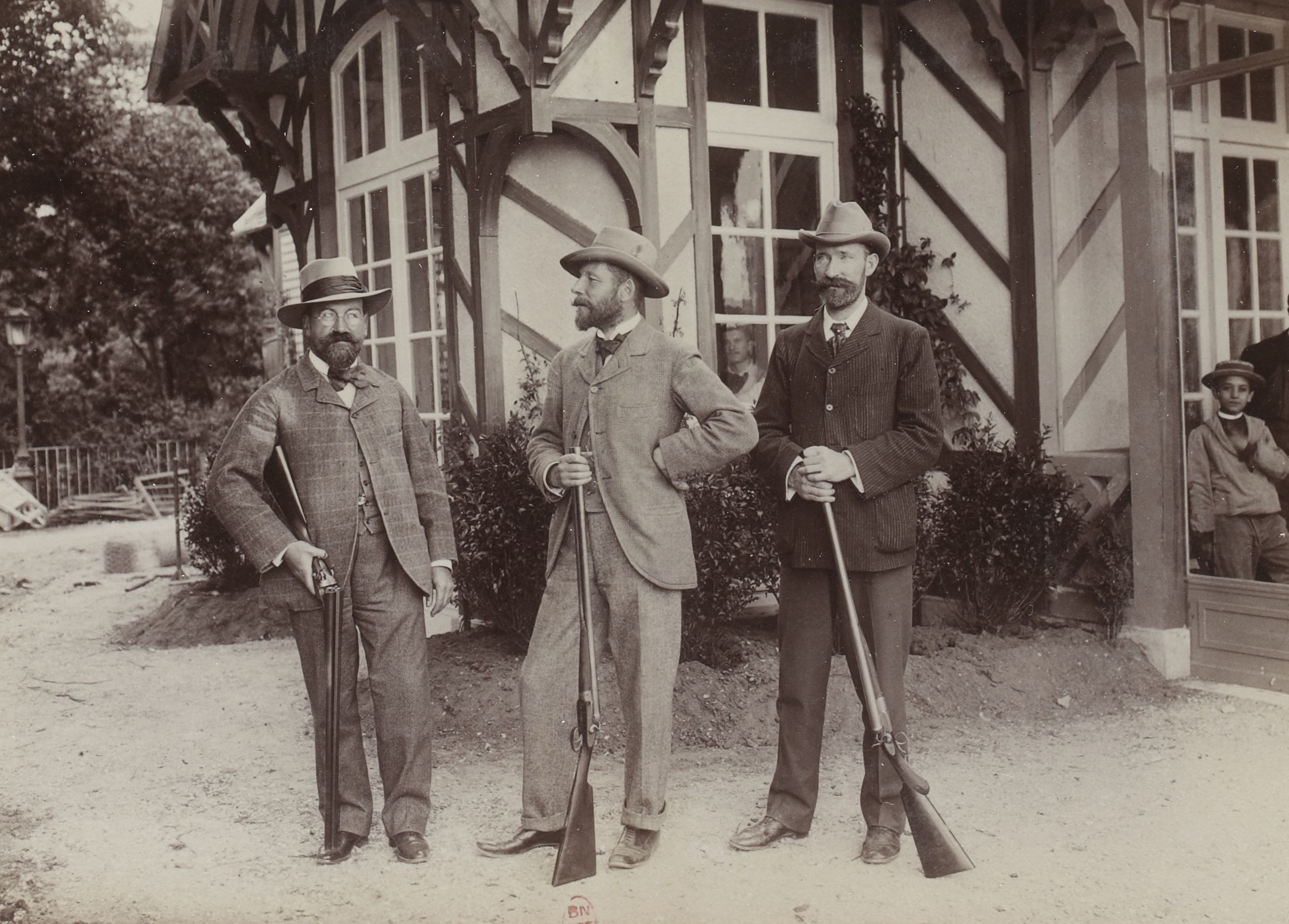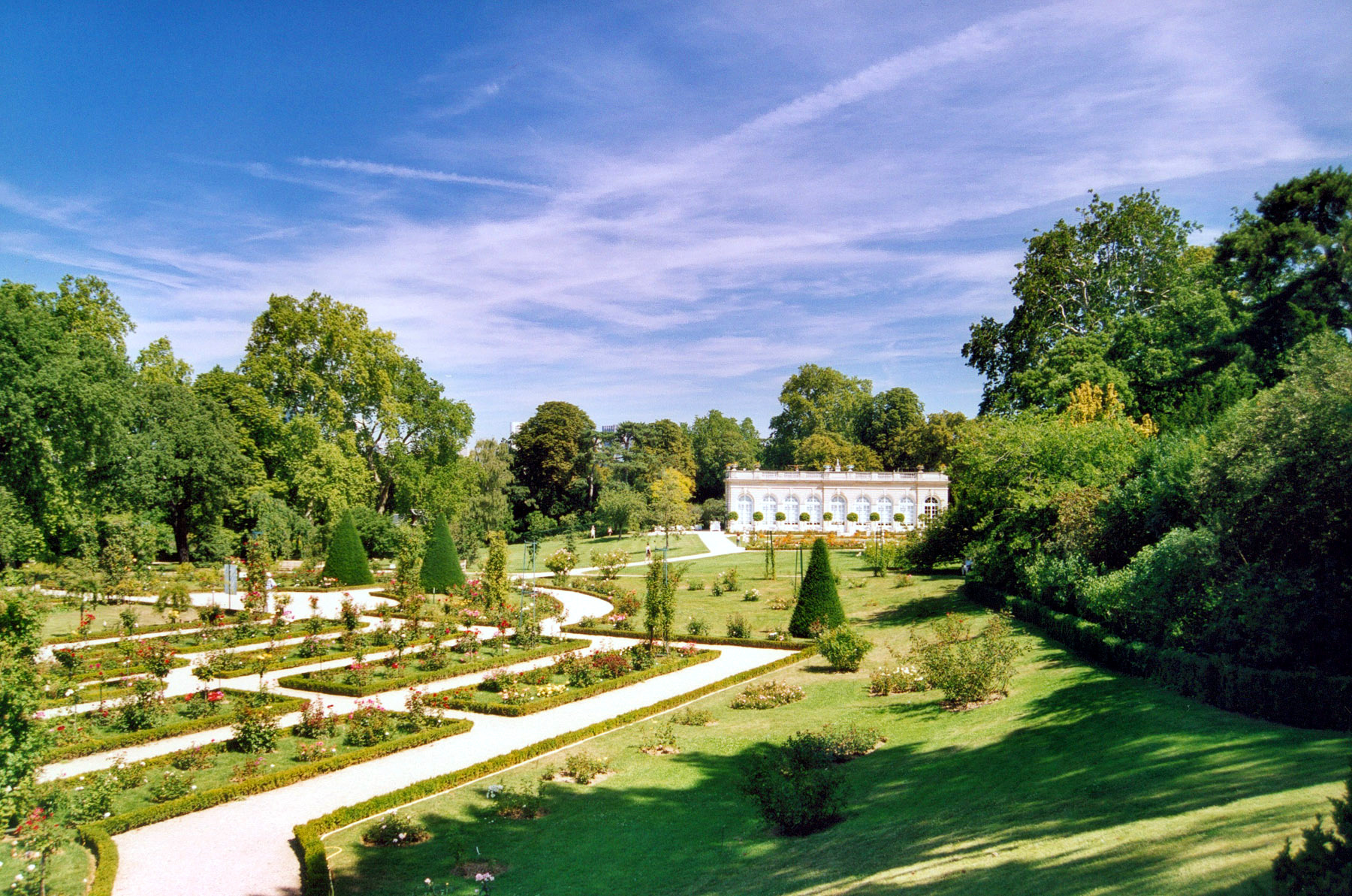|
Boulogne-sur-Seine
Boulogne-Billancourt (; often colloquially called simply Boulogne, until 1924 Boulogne-sur-Seine, ) is a wealthy and prestigious commune in the Parisian area, located from its centre. It is a subprefecture of the Hauts-de-Seine department and thus the seat of the larger arrondissement of Boulogne-Billancourt. Boulogne-Billancourt includes two large islands in the Seine: Île Saint-Germain and Île Seguin. With a population of 121,334 as of 2018, it is the most populous commune in Hauts-de-Seine and most populous suburb of Paris, as well as one of the most densely populated municipalities in Europe. Boulogne-Billancourt is one of the wealthiest regions in the Parisian area and in France. Formerly an important industrial site, it has successfully reconverted into business services and is now home to major communication companies headquartered in the Val de Seine business district. Etymology The original name of the commune was Boulogne-sur-Seine (meaning "Boulogne upon Seine"). B ... [...More Info...] [...Related Items...] OR: [Wikipedia] [Google] [Baidu] |
Subprefectures In France
In France, a subprefecture (french: sous-préfecture) is the commune which is the administrative centre of a departmental arrondissement that does not contain the prefecture for its department. The term also applies to the building that houses the administrative headquarters for an arrondissement. (in French). The in charge of a subprefecture is the , assisted by a |
Central Business District
A central business district (CBD) is the commercial and business centre of a city. It contains commercial space and offices, and in larger cities will often be described as a financial district. Geographically, it often coincides with the " city centre" or " downtown". However, these concepts are not necessarily synonymous: many cities have a central ''business'' district located away from its commercial and or cultural centre and or downtown/city centre, and there may be multiple CBDs within a single urban area. The CBD will often be characterised by a high degree of accessibility as well as a large variety and concentration of specialised goods and services compared to other parts of the city. For instance, Midtown Manhattan, New York City, is the largest central business district in the city and in the United States. London's city centre is usually regarded as encompassing the historic City of London and the medieval City of Westminster, while the City of London and the trans ... [...More Info...] [...Related Items...] OR: [Wikipedia] [Google] [Baidu] |
Neuilly-sur-Seine
Neuilly-sur-Seine (; literally 'Neuilly on Seine'), also known simply as Neuilly, is a commune in the department of Hauts-de-Seine in France, just west of Paris. Immediately adjacent to the city, the area is composed of mostly select residential neighbourhoods, as well as many corporate headquarters and a handful of foreign embassies. It is the wealthiest and most expensive suburb of Paris. Together with the 16th and 7th arrondissement of Paris, the town of Neuilly-sur-Seine forms the most affluent and prestigious residential area in the whole of France. It has the 2nd highest average household income in France, at €112,504 per year (in 2020). History Originally Pont de Neuilly was a small hamlet under the jurisdiction of Villiers, a larger settlement mentioned in medieval sources as early as 832 and now absorbed by the commune of Levallois-Perret. It was not until 1222 that the little settlement of Neuilly, established on the banks of the Seine, was mentioned for the first ... [...More Info...] [...Related Items...] OR: [Wikipedia] [Google] [Baidu] |
Bois De Boulogne
The Bois de Boulogne (, "Boulogne woodland") is a large public park located along the western edge of the 16th arrondissement of Paris, near the suburb of Boulogne-Billancourt and Neuilly-sur-Seine. The land was ceded to the city of Paris by the Emperor Napoleon III to be turned into a public park in 1852. It is the second-largest park in Paris, slightly smaller than the Bois de Vincennes on the eastern side of the city. It covers an area of 845 hectares (2088 acres), which is about two and a half times the area of Central Park in New York, slightly larger than Phoenix Park in Dublin, and slightly smaller than Richmond Park in London. Within the boundaries of the Bois de Boulogne are an English landscape garden with several lakes and a cascade; two smaller botanical and landscape gardens, the Château de Bagatelle and the Pré-Catelan; a zoo and amusement park in the Jardin d'Acclimatation; GoodPlanet Foundation's Domaine de Longchamp dedicated to ecology and humanism, T ... [...More Info...] [...Related Items...] OR: [Wikipedia] [Google] [Baidu] |
1900 Summer Olympics
The 1900 Summer Olympics (french: Jeux olympiques d'été de 1900, link=no), today officially known as the Games of the II Olympiad () and also known as Paris 1900, were an international multi-sport event that took place in Paris, France, from 14 May to 28 October 1900. No opening or closing ceremonies were held. At the Sorbonne conference of 1894, Pierre de Coubertin proposed that the Olympic Games should take place in Paris in 1900. However, the delegates to the conference were unwilling to wait six years, and lobbied to hold the first games in 1896. A decision was made to hold the first Olympic Games in 1896 in Athens and have Paris host the second Games. The Games were held as part of the 1900 World's Fair. In total, 1226 competitors took part in 19 different sports. This number relies on certain assumptions about which events were and were not "Olympic". Many athletes, some of whom had won events, were unaware that they had competed in the Olympic Games. Women took part i ... [...More Info...] [...Related Items...] OR: [Wikipedia] [Google] [Baidu] |
Shooting At The 1900 Summer Olympics
At the 1900 Summer Olympics in Paris, many shooting events were featured within the concurrent 1900 Exposition Universelle, but only eight events currently are considered as "Olympic" by IOC. Before July 2021 the International Olympic Committee has never decided which events were "Olympic" and which were not. The competitions were held from 3 August to 5 August and took place at the military sporting complex in Satory and at Boulogne-Billancourt. According to Olympic historian Bill Mallon, one of these nine shooting events (20 metre military pistol) was an event for professionals with prize money and therefore does not meet inclusion criteria for 1900 Olympic Games events. Medal summary Event that currently is not considered as "Olympic" by IOC. Excluded events Competitors in these events had to kill as many live pigeons as possible. Birds were released one at a time from 'traps' in front of the shooters; winners were determined by whoever shot the most birds out of the s ... [...More Info...] [...Related Items...] OR: [Wikipedia] [Google] [Baidu] |
Passy
Passy () is an area of Paris, France, located in the 16th arrondissement, on the Right Bank. It is home to many of the city's wealthiest residents. Passy was a commune on the outskirts of Paris. In 1658, hot springs were discovered around which spa facilities were developed. This attracted Parisian society and English visitors, some of whom made the area, which combined attractive countryside with both modest houses and fine residences, their winter retreat. The population was 2,400 in 1836, 4,545 in 1841, but larger in summer. In 1861 the population was 11,431. Passy's population was 17,594 when it was absorbed into Paris along with several other communities in 1860. Notable people * Alexandre Le Riche de La Poupelinière (1693–1762), French tax farmer and music patron * Niccolò Piccinni (1728–1800), Italian composer *Louis-Guillaume Le Veillard (1733–1794), aristocrat *Princess Marie Louise of Savoy (1749–1792), Savoyan princess * General Charles Edward Jennings de ... [...More Info...] [...Related Items...] OR: [Wikipedia] [Google] [Baidu] |
Auteuil-Neuilly-Passy
Neuilly-Auteuil-Passy, sometimes also referred to just as Passy-Auteuil, refers to an area covering the westernmost part of the city of Paris and a neighbouring suburban community. This area is commonly known as one of the richest in Paris, with calm, select and very expensive neighbourhoods. Neuilly-Auteuil-Passy is sometimes abbreviated as NAP. Auteuil (pronounced ) and Passy are part of the 16th arrondissement of Paris, while Neuilly-sur-Seine is a suburb located immediately to their west. The three communities border the Bois de Boulogne park. The area has been described as "the wealthiest, the most cocksure and, in many ways, the most irritating part of the city." Passy Benjamin Franklin lived in Passy from 1777 to 1785. When he left, Thomas Jefferson said, "When he left Passy, it seemed as if the village had lost its patriarch." Honoré de Balzac lived in Passy for over six years. Passy is home to the Musée Marmottan Monet, housed in the Château de la Muette, a ... [...More Info...] [...Related Items...] OR: [Wikipedia] [Google] [Baidu] |
Patronym
A patronymic, or patronym, is a component of a personal name based on the given name of one's father, grandfather (avonymic), or an earlier male ancestor. Patronymics are still in use, including mandatory use, in many countries worldwide, although their use has largely been replaced by or transformed into patronymic surnames. Examples of such transformations include common English surnames such as Johnson (son of John). Origins of terms The usual noun and adjective in English is ''patronymic'', but as a noun this exists in free variation alongside ''patronym''. The first part of the word ''patronym'' comes from Greek πατήρ ''patēr'' "father" ( GEN πατρός ''patros'' whence the combining form πατρο- ''patro''-); the second part comes from Greek ὄνυμα ''onyma'', a variant form of ὄνομα ''onoma'' "name". In the form ''patronymic'', this stands with the addition of the suffix -ικός (''-ikos''), which was originally used to form adjectives with th ... [...More Info...] [...Related Items...] OR: [Wikipedia] [Google] [Baidu] |
Accusative Case
The accusative case (abbreviated ) of a noun is the grammatical case used to mark the direct object of a transitive verb. In the English language, the only words that occur in the accusative case are pronouns: 'me,' 'him,' 'her,' 'us,' and ‘them’. The spelling of those words will change depending on how they are used in a sentence. For example, the pronoun ''they'', as the subject of a sentence, is in the nominative case ("They wrote a book"); but if the pronoun is instead the object, it is in the accusative case and ''they'' becomes ''them'' ("The book was written by them"). The accusative case is used in many languages for the objects of (some or all) prepositions. It is usually combined with the nominative case (for example in Latin). The English term, "accusative", derives from the Latin , which, in turn, is a translation of the Greek . The word may also mean "causative", and this may have been the Greeks' intention in this name, but the sense of the Roman translation has ... [...More Info...] [...Related Items...] OR: [Wikipedia] [Google] [Baidu] |
Medieval Latin
Medieval Latin was the form of Literary Latin Classical Latin is the form of Literary Latin recognized as a Literary language, literary standard language, standard by writers of the late Roman Republic and early Roman Empire. It was used from 75 BC to the 3rd century AD, when it developed ... used in Roman Catholic Western Europe during the Middle Ages. In this region it served as the primary written language, though local languages were also written to varying degrees. Latin functioned as the main medium of scholarly exchange, as the liturgical language of the Roman Catholic Church, Church, and as the working language of science, literature, law, and administration. Medieval Latin represented a continuation of Classical Latin and Late Latin, with enhancements for new concepts as well as for the increasing integration of Christianity. Despite some meaningful differences from Classical Latin, Medieval writers did not regard it as a fundamentally different language. There i ... [...More Info...] [...Related Items...] OR: [Wikipedia] [Google] [Baidu] |

.jpg)

1A_Square.jpg)



